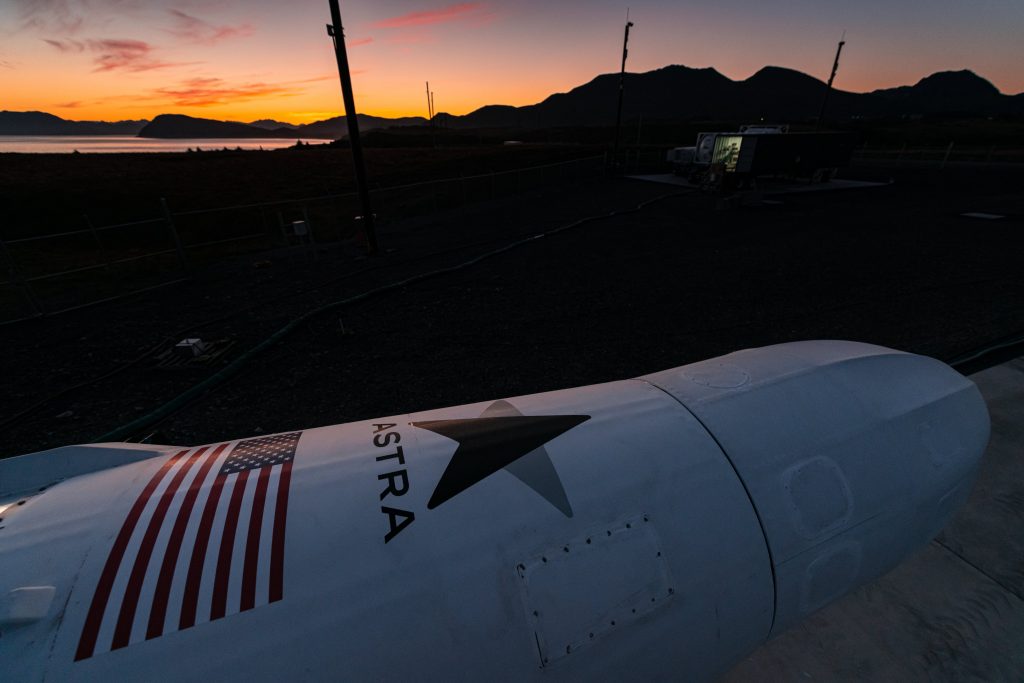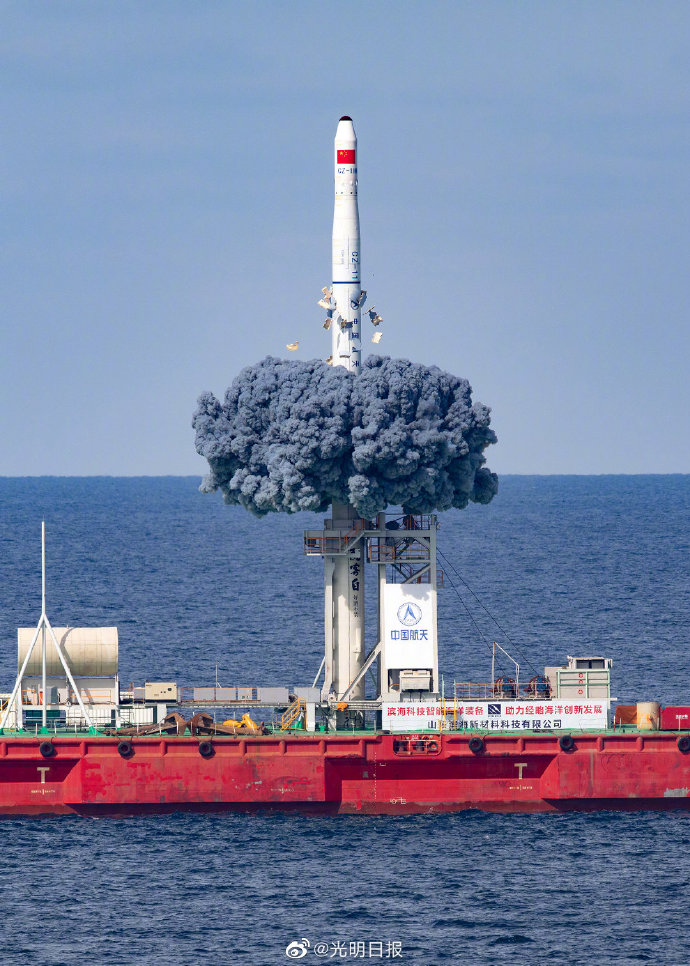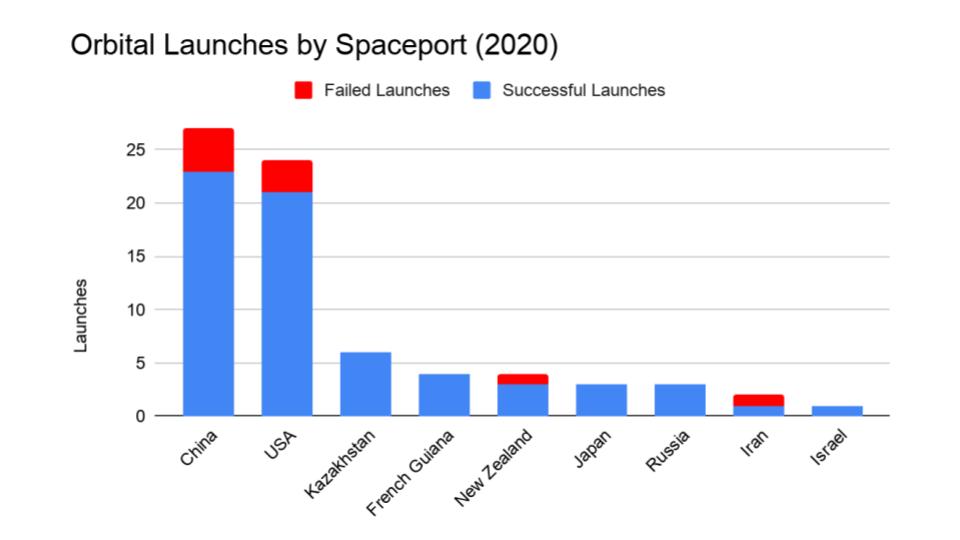Media
Transcript
First up, on September 12 at 3:19 UTC, Astra launched their Rocket 3.1 for the very first time for their very first orbital flight attempt from Pacific Spaceport Complex in Kodiak, Alaska.

Astra had defined success for this flight as “achieving a nominal first stage burn,” which would have covered the time from liftoff to the separation of the first stage and second stages. Unfortunately, it was not to be.
In a follow-up blog post after the launch, Astra said that there was a problem early in the flight where the “guidance system appears to have introduced some slight oscillation into the flight, causing the vehicle to drift from its planned trajectory leading to a commanded shutdown of the engines by the flight safety system.”
Stephen Clark of SpaceFlightNow reported from a virtual press briefing with Astra officials that the guidance system issue “will likely be fixable with a software update.” Rocket 3.2 is slated to launch sometime before the end of the year.
A few hours later at 5:02 UTC, the Jilin-1 Gaofen-02C satellite was launched aboard a Kuaizhou 1A rocket from Jiuquan Satellite Launch Center in northern China.

The commercial Earth-observing satellite never made it to orbit. According to Xinhua News, China’s official state-run press agency, the launch center reported abnormal performance during the rocket’s flight. No other information has been released by either the launch center or Xinhua News.
Finally, for our one successful launch of the week: on September 15th at 01:23 UTC, China had a rare sea launch of a Long March 11H carrying nine satellites to orbit.
According to Gunter’s Space Page, these nine satellites are the B and C series of the Jilin-1 Gaofen-03 constellation. (The one and only Jilin Gaofen-03A satellite was considered a prototype for these new satellites, and it was also carried to orbit from a sea-launched Long March 11 in May 2019.)
All nine are Earth observation satellites operating in the optical part of the spectrum and weigh about forty kilograms each. Assuming they are in a similar orbit to the prototype Gaofen-03A, they will orbit at an altitude of about 579 kilometers.
The B series consists of six satellites with pushbroom sensors that will provide panchromatic imagery with a resolution better than one meter and multispectral imagery with a resolution better than four meters. The swath width — that’s the remote sensing term for the width of an image — for both modes is more than 17 kilometers.

The C series consists of three satellites with video sensors that can provide color video images with a resolution better than 1.2 meters and a coverage area not less than 14.4 kilometers by 6 kilometers.
BONUS FACT: Jilin is the province in which they are made, and “gaofen” just means “high resolution.”
So, I mentioned that the Gaofen-03 satellites used pushbroom sensors.
There are a few different types of imaging sensors used on satellites. Two of them are whisk broom sensors and push broom sensors. Before we talk about pushbroom sensors, we need to talk about whisk broom sensors.
Whisk broom sensors have many moving bits, such as rotating mirrors, that scan back and forth across the swath of land being imaged as the satellite passes over it. They capture a series of pixels one at a time using a mirror that scans back and forth.
The Gaofen-03 Series B satellites, on the other hand, have pushbroom sensors, which means the sensor consists of a row of pixels that all take an image at the same time.
A good analogy for how a pushbroom sensor works is to think of a flatbed scanner. It captures a row of pixels, moves a bit, and then captures the next row of pixels until the whole page has been captured. The sensor on the arm that scans the page as it moves along the length of the page is, in fact, a pushbroom sensor.
For an airborne or space-borne pushbroom sensor, the airplane or satellite is the arm that moves across the face of the Earth with the sensor that captures one row at a time. This video shows how the Landsat 8 pushbroom sensor works, which is the same way the Gaofen-03 Series B sensors work.
Pushbroom sensors are used in favor of whiskbroom sensors because they have fewer fast-moving moving parts, meaning fewer things to break in space. As you saw in the first video, Landsat 7 had a whisk broom sensor. That sensor failed because one of the fast-moving bits broke. Its successor, Landsat 8, uses a pushbroom sensor because it is a more reliable technology.


Finally, here is a side-by-side comparison of how the two types of sensors capture imagery as they pass over a target.
To wrap things up, here’s a running tally of a few spaceflight statistics for the current year:
Toilets currently in space: 3
Toilets burned up: 2
Total satellites humans put into orbit: 831 (includes those launched from other in-orbit craft, such as the ISS)
Total satellites from launches: 803
Total Starlinks: 593
Total 2020 launch attempts: 74 (including 9 failures)
I keep track of orbital launches by where they launched from, also known as spaceport. Here’s that breakdown:

China: 27
USA: 24
Kazakhstan:6
French Guiana: 4
New Zealand: 4
Japan: 3
Russia: 3
Iran: 2
Israel: 1
Your random space fact for the week is that the former Soviet Union has been the only country (so far) to successfully land on Venus.
Before we go, I have a correction for last week’s show:
Last week I said that China launched a Long March 2F and it was only the third launch of that rocket. Turns out I was wrong. They launched the alleged space plane on a Long March 2F/T — a variant of the Long March 2F. It was the third launch of the variant and the fourteenth launch overall for the Long March 2F rocket family.
Learn More
Astra launch falters during first stage burn
Chinese smallsat launcher fails
China sends nine satellites into orbit by sea launch
Credits
Host: Annie Wilson
Writers: Dave Ballard, Gordon Dewis, Ally Pelphrey, and Annie Wilson
Audio and Video Editing: Ally Pelphrey
Content Editing by Beth Johnson
Executive Producer: Pamela Gay
Intro and Outro music by Kevin MacLeod, https://incompetech.com/music/


 We record most shows live, on Twitch. Follow us today to get alerts when we go live.
We record most shows live, on Twitch. Follow us today to get alerts when we go live.
Hi, pushbroom imaging is best thought of as akin to a typical office flatbed document scanner. A single line of detectors is pulled across the scene, collected a single line of image data at time. The last line of data is taken some time after the first line of data. This is different than a framing sensor which typically collects all the pixels during the same period of time. Hope that helps.
From your friendly image scientist!